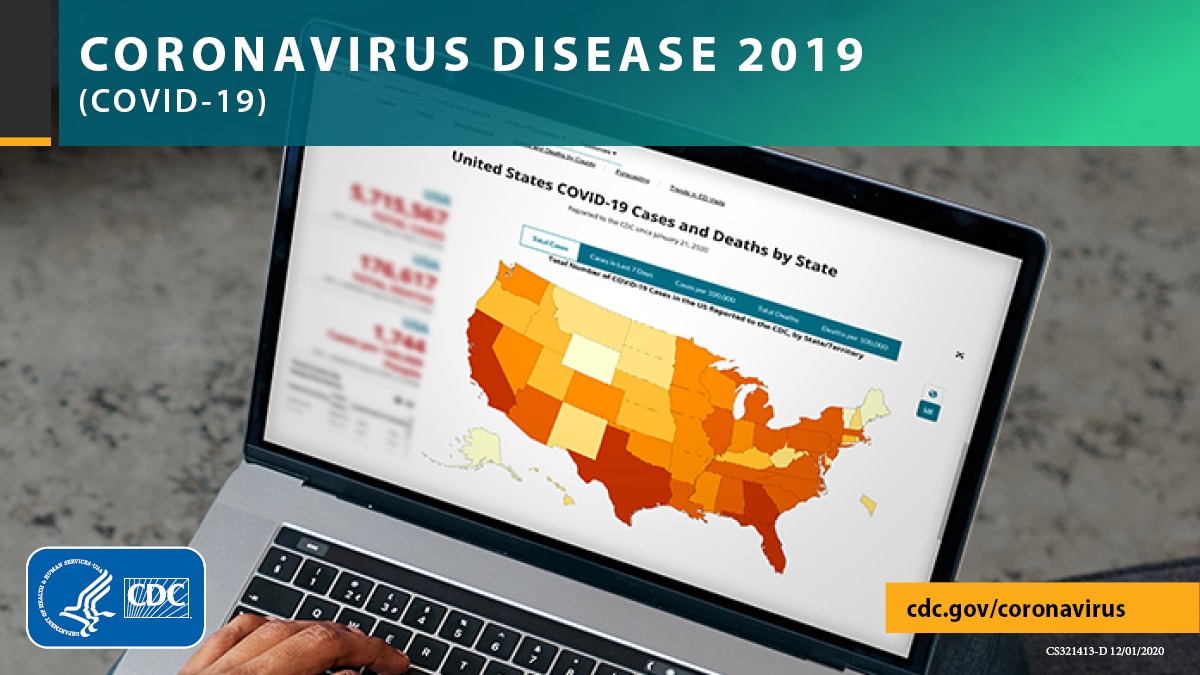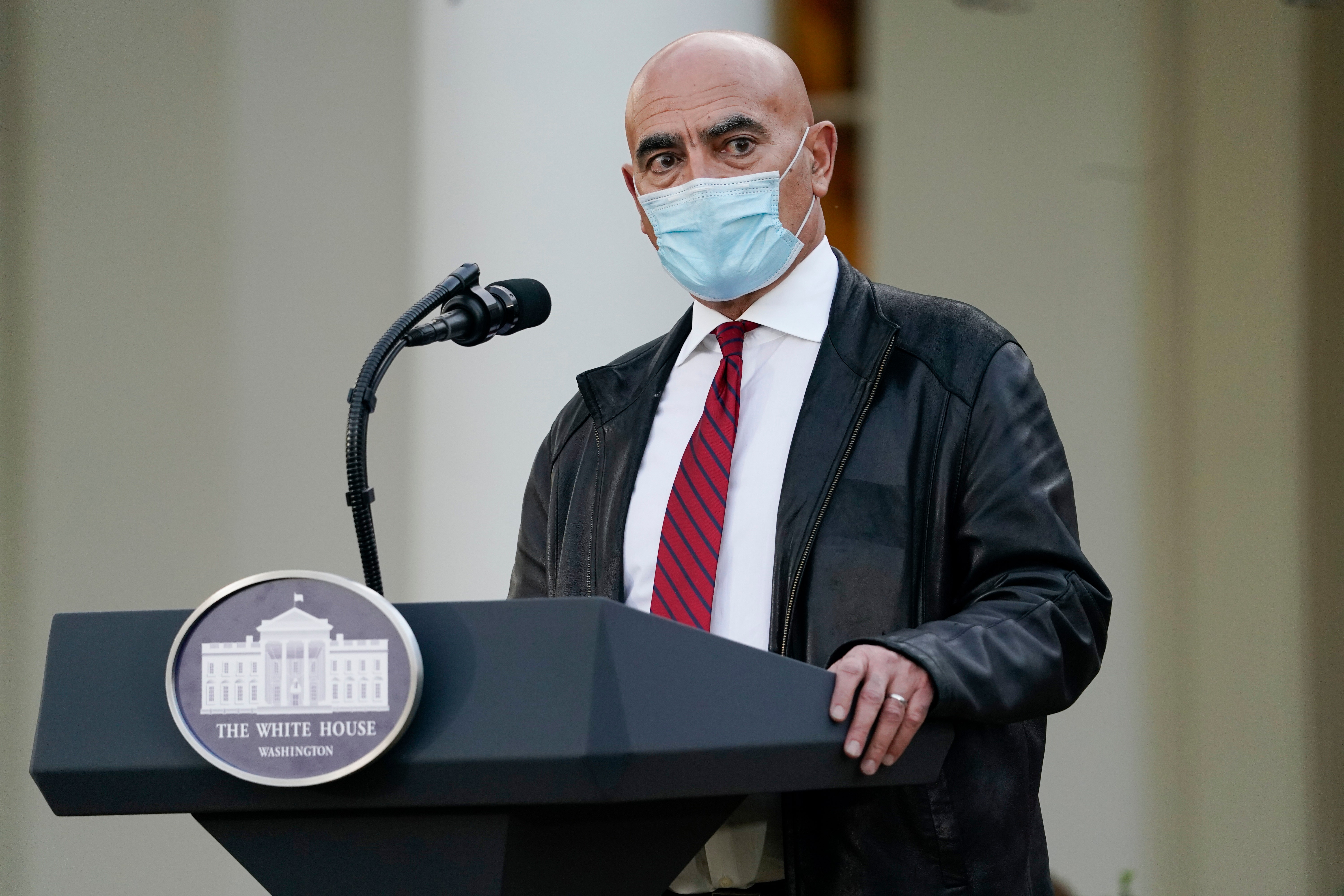CDC recommends community use of
masks, specifically non-valved multi-layer cloth masks, to prevent transmission of SARS-CoV-2. Masks are primarily intended to reduce the emission of virus-laden droplets (“source control”), which is especially relevant for asymptomatic or presymptomatic infected wearers who feel well and may be unaware of their infectiousness to others, and who are estimated to account for more than 50% of transmissions.1,2 Masks also help reduce inhalation of these droplets by the wearer (“filtration for personal protection”).
Multi-layer cloth masks can both block up to 50-70% of these fine droplets and particles3,14 and limit the forward spread of those that are not captured.5,6,15,16 Upwards of 80% blockage has been achieved in human experiments that have measured blocking of all respiratory droplets,4 with cloth masks in some studies performing on par with surgical masks as barriers for source control.3,9,14
Seven studies have confirmed the benefit of universal masking in community level analyses: in a unified hospital system,38 a German city,39 a U.S. state,40 a panel of 15 U.S. states and Washington, D.C.,41,42 as well as both Canada43 and the U.S.44 nationally. Each analysis demonstrated that, following directives from organizational and political leadership for universal masking, new infections fell significantly. Two of these studies42,44 and an additional analysis of data from 200 countries that included the U.S.45 also demonstrated reductions in mortality. An economic analysis using U.S. data found that, given these effects, increasing universal masking by 15% could prevent the need for lockdowns and reduce associated losses of up to $1 trillion or about 5% of gross domestic product.42





